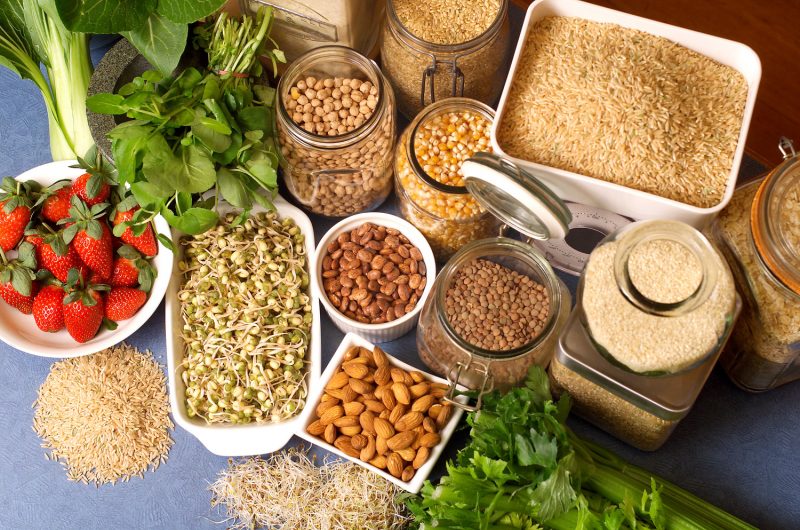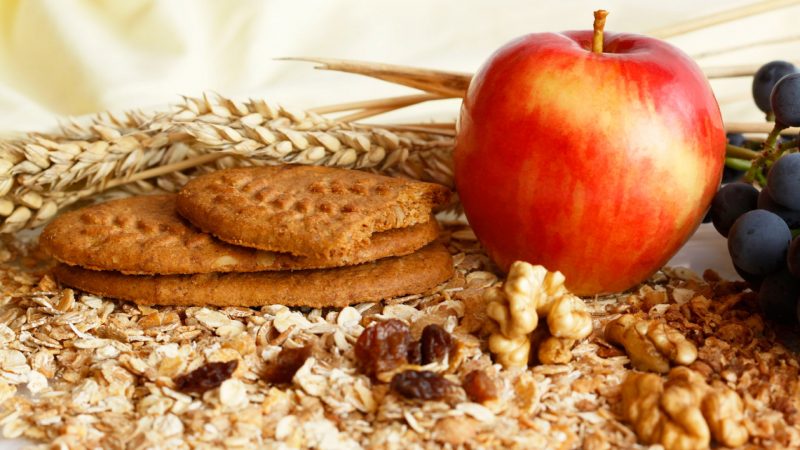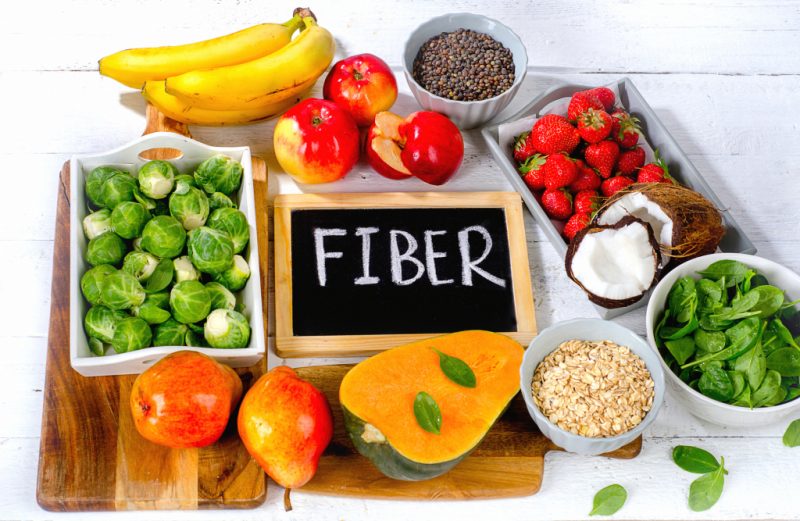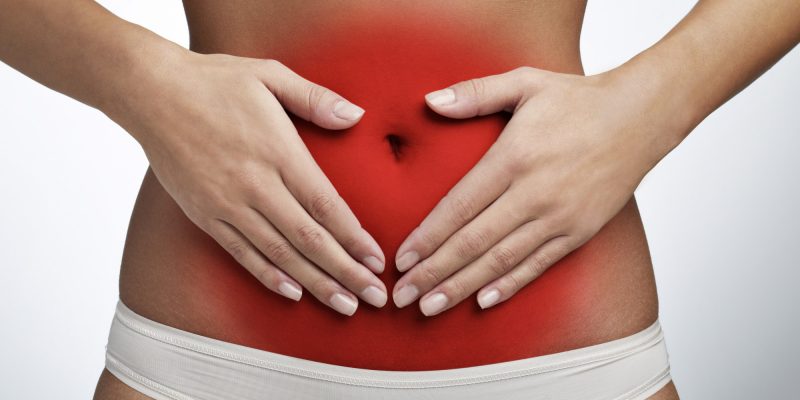Until the 80s of the 20th century, physicians and nutritionists called fiber fiber ballast and believed that the body absolutely did not need it. And only then they concluded that foods rich in fiber provide the person with the necessary dietary fiber to help get rid of constipation and remove toxins from the body. Therefore, now the same bran can be purchased both in pharmacies and in grocery stores.
Material Content:
What is fiber
Fiber is commonly understood as dietary fiber, that coarse component of products that is not digested either in the human stomach or in his intestines. Then, it would seem, why are they needed?

It turns out that fiber is essential for the body.
It stimulates:
- Elimination of bile and cholesterol.
- Intestinal motility.
- The process of cleansing from toxins.
In addition, fiber is part of most diets for those who want to lose weight. It provides a feeling of satiety for several hours, while the body does not receive any calories. Therefore, it is important to know which foods contain fiber, and in what quantity. Since normally it has obvious benefits, and an excess of such fibers can be harmful.
The benefits of fiber for the body
Gastroenterologists claim that the health benefits of fiber cannot be overestimated.

Most people suffer from impaired bowel motility and regular constipation. Decomposition products are retained in the human body, poisoning it. This leads to negative consequences, cancer can even develop.
- Dietary fiber contributes to stool formation.
- They accelerate its progress through the intestines.
- Constipation recedes.
- There is no need to strain, push during bowel movements.
- The risk of developing hemorrhoids is reduced.
In diabetes mellitus, fiber increases the sensitivity of cells to insulin, as a result, the need for injections decreases, the doses become smaller. At the same time, the blood sugar level decreases, cholesterol also becomes less in the body. The vessels are cleared, the excess weight leaves.
Fiber also favorably affects the liver, stagnation of bile does not occur, therefore, stones are not deposited.
Daily fiber requirement
Of course, in this matter everything is individual. The rate of consumption of dietary fiber depends on the age of the person, his weight, existing diseases. On average, men should eat about 40 grams of fiber per day, and women should eat about 25 grams.

With age, this amount decreases, since intestinal motility in elderly people slows down, which means that it will be necessary to reduce the dose of fiber by 5 - 10 g.
Fiber-rich foods - list
Fiber-containing foods are primarily of plant origin. These are vegetables, cereals, dried fruits. In fresh fruits, the largest amount of dietary fiber is usually found in the peel. And many people, unfortunately, do not eat it, for example, thoroughly peel apples.

What foods are high in fiber?
- Cabbage (white and brussels sprouts).
- Beet.
- Carrot.
- Tomatoes
- Potatoes.
- Radish.
- Parsley, dill, salad, coriander.
- Dried fruits: raisins, dried apricots, prunes.
- Nuts and seeds.
- Brown rice
- String Beans.
- Peas and beans.
- Lentils
- Wholemeal flour.
- Bread with bran.
- Apples
- Oranges and tangerines.
- Coconuts
- Kiwi.
- Pears
- Black currant.
But the leader in the content of dietary fiber is, of course, bran.
They can fully satisfy the body's need for fiber and, moreover, they are easily measured in portions. Bran is today sold in various forms: separately and mixed with all kinds of food additives. They can be consumed with kefir, skim milk, herbal teas, cereals. It is permissible to sweeten them with honey, fruit syrup, add nuts and seeds. In a word, everyone will choose an option to their liking.
How to use it for health
Young girls, wanting to lose weight, sometimes start excessively consuming foods high in fiber. Moreover, they abruptly switch to such a diet, thereby creating a large load on the digestive tract. As a result, flatulence, unpleasant and painful colic may appear, and in the worst case, the intestines will become inflamed, indigestion will begin. To avoid this, you need to follow some principles.

- Increase the amount of fiber in the diet you need gradually. For example, to start buying bread, which includes bran, eat more vegetables - first stewed, and then fresh. And at the same time carefully observe how the body will respond to changes in the daily menu.
- Reduce the amount of “dead” foods consumed, that is, those where fiber is virtually nonexistent. These are dishes made from premium flour, confectionery, meat, butter, canned juices. The latter is better to replace with a smoothie of vegetables and fruits.
- Eating fruits, it is advisable not to peel them first. As already mentioned, fiber is most found in the skin. Salads are also better prepared without peeling vegetables. There is no need, for example, to cut the skin from cucumbers.
- Fresh food is preferable to those that have been heat-treated. Salads of boiled vegetables mixed with mayonnaise are best replaced with fruit salads seasoned with yogurt. For example, “Whisk” for the intestines is called white cabbage salads, grated, mixed with carrots or beets.
- Very useful cereals. But not semolina, but such as unpolished rice, buckwheat, barley, millet. They have a lot of dietary fiber.
An important point. Fiber is also rich in tropical fruits, for example, the same pineapple.But preference is best given to fruits grown on domestic soil. They are fresh, they get to the table directly from the garden or from the garden, that is, they retain all the vitamins and minerals. Fruits and vegetables brought from overseas lands are often harvested still unripe, and so they are guaranteed to have transported, they are processed with different chemicals.
In Russia, part of the crop can be safely consumed until the next season. These are the same apples, carrots, beets, cabbage, radish and much more.
It is only important that the nutrition is balanced, and a sharp increase in “rough” food in the diet does not harm the stomach and intestines.
Soluble and insoluble fiber: what is the difference
You also need to know that fiber is divided into soluble and insoluble. The first is considered more “soft”, sparing.

It includes:
- Pectin
- Dextran
- Gum
- Aragosa.
Such fiber can be consumed even by people with diseases of the gastrointestinal tract. It will remove harmful substances from the body, but at the same time it will not irritate the intestinal mucosa, but rather will contribute to its healing. Putrefactive processes will stop, a person will begin to feel more powerful and healthy.
Insoluble dietary fiber is more severe. They are preferable to use for people who do not have severe gastrointestinal diseases.
This type of fiber includes:
- Cellulose
- Lignin
- Hemicellulose.
The action of such dietary fiber is more pronounced. Constipation ceases, bile secretion normalizes, and cholesterol levels in the body decrease.
To buy preparations containing fiber, today you can in almost every pharmacy. The packaging indicates which dietary fiber, soluble or insoluble, is contained in it. Often departments where healthy food is sold are also available at grocery stores. The selection is wide. It can be either bran, reminiscent of crackers, or fiber, which is a kind of powder - this is convenient to mix with kefir or yogurt.
Contraindications and harm
You should not immediately take a full daily dose of dietary fiber. With a number of diseases this cannot be done at all.

For example, coarse fiber is contraindicated in:
- gastritis;
- peptic ulcer disease;
- colitis.
With caution, it should be included in the diet with:
- circulatory disorders;
- propensities for increased gas formation;
- hemorrhoids.
It should be remembered that in these cases, it can cause an exacerbation of the symptoms of the disease. Fermentation processes begin, colic.
It is advisable to start consuming fiber not in the form of bran (you will include them in the menu later), but with natural foods rich in dietary fiber. Then you will be able to fully appreciate all the advantages of fiber, and your diet will become truly healthy.












